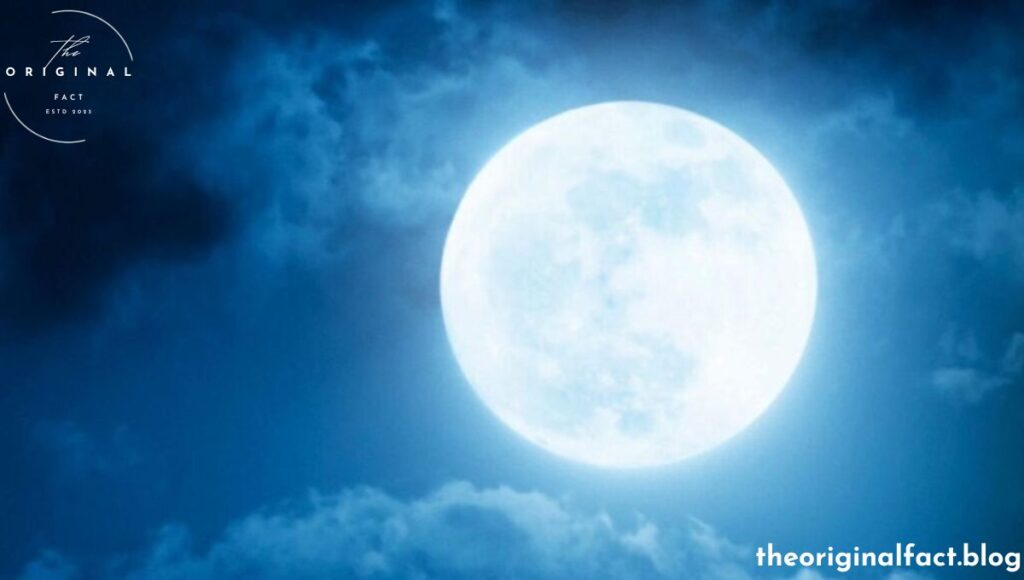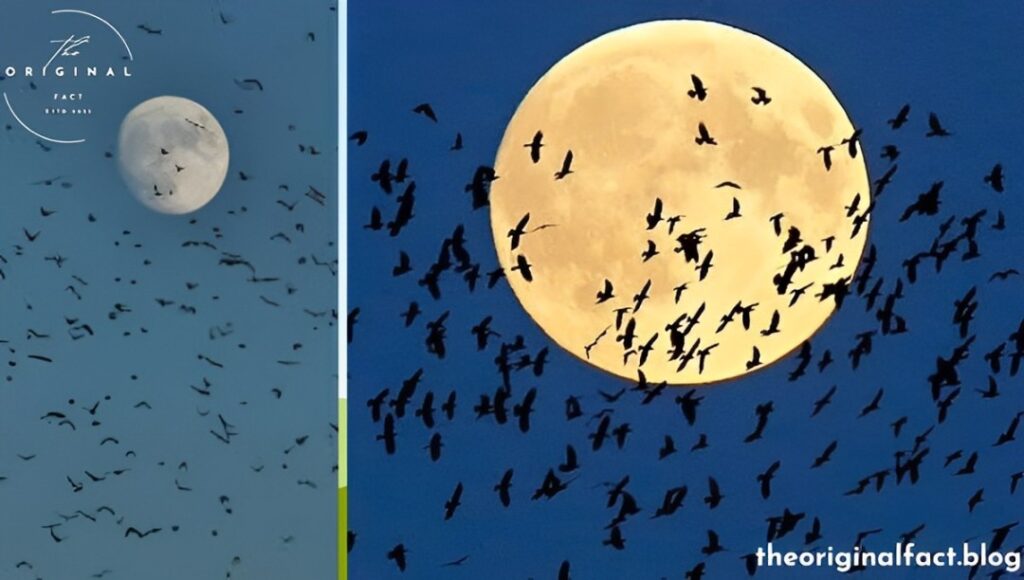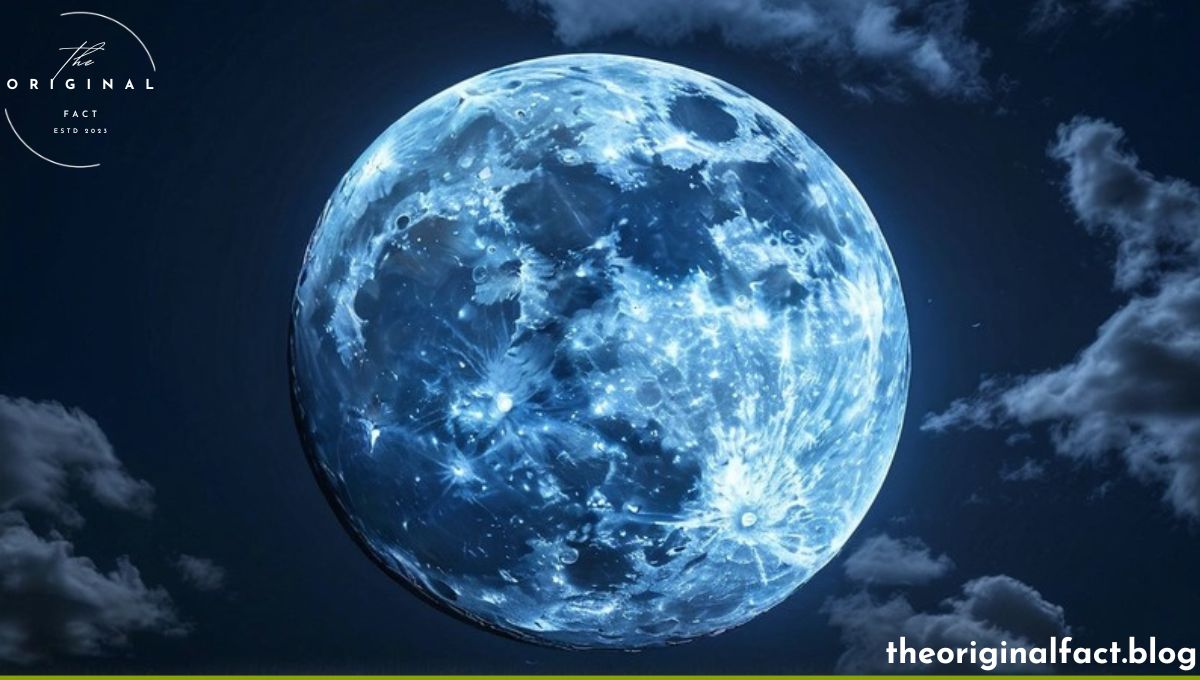Table of Contents
Introduction: Understanding the Hype Around the Super Blue Moon
The night sky has always been one of the very most mystical things since time began, striking man’s imagination for several centuries. Of all the wonders that happen in the skies, what stargazers and astronomers alike have always been amused by is the Super Blue Moon. But what, exactly, is a Super Blue Moon, and why does it generate such excitement?
A Super Blue Moon does not refer to a single phenomenon but rather to two separate unique happenings of the moon: a Supermoon and a Blue Moon. If taken individually, each event is remarkable; together, they form a visual and astronomical wonder seldom seen and quite dramatic. In this blog, we delve into the science behind the phenomenon and see precisely what makes a Super Blue Moon so unique and such a big deal when it graces our skies.

What is a Super Blue Moon?
To truly appreciate a Super Blue Moon, it’s essential to understand the two phenomena that combine to create it: the Supermoon and the Blue Moon.
Supermoon: A super full moon is a new or full moon that occurs at or near the time when the moon is nearest to Earth in its elliptical orbit. The moon follows an elliptical orbit around Earth because it orbits our planet in an elliptical path. Sometimes this means it is closer to us, and other times farther away from us. This occurs when a full moon happens at or very near its closest approach, making it appear much larger and brighter than normal- hence the term “Supermoon.”
Blue Moon: The term “Blue Moon” is derived from the occurrence of having an extra full moon in a specific period. There are two types of Blue Moons: the monthly Blue Moon and the seasonal Blue Moon. A monthly Blue Moon is the second full moon within one calendar month. By contrast, a seasonal Blue Moon is the third full moon in a season that has four full moons instead of the usual three.
It comes when these two events- Supermoon and Blue Moon- occur together; that is what we will call “Super Blue Moon”-the rare incidence that the magnificent visual effect of a Supermoon occurs with the infrequent occurrence of a Blue Moon.
The Science Behind the Supermoon
The moon’s orbit around Earth is not a perfect circle; instead, it is elliptical. As a result of this, some parts of its orbit bring it closer to Earth-perigee and farther away from other parts-apogee. A full moon that occurs near the perigee is about 14 percent larger and 30 percent brighter than when it is at apogee, thus it is called a Supermoon.
In fact, during a Supermoon, gravitational forces on Earth exerted by the moon are stronger and can cause higher-than-usual tides, popularly known as “spring tides.” Indeed, such phenomena become very much conspicuous in the areas of the sea coasts.
But it’s the optical display of a Supermoon that really appears to capture people’s fancy. When the moon is at its closest approach, it looks so large in the sky that it is all but reachable, an incandescent orb dominating overnight. The added luminance also makes features on the moon’s surface, such as craters and maria, more easily observable with the naked eye or through a pair of binoculars.
However, all the magic of a Supermoon is not just about its size and brightness but rather the realization that one is viewing an occurrence in nature coupled with the gravitational waltz between Earth and its only natural satellite.
The Mystery of the Blue Moon
Unlike the Supermoon, a Blue Moon does not refer to any size or brightness, but it’s all in the timing. The phrase “once in a Blue Moon” would spring to one’s mind whenever describing an occurrence that is given to happen once in a very long while, and quite rightly so, since full moons do not come that often.
The term “Blue Moon” has nothing to do with the color of the moon. In fact, the moon rarely appears blue. The name instead derives from an older, now obsolete meaning of “blue,” meaning “betrayer,” based upon the fact that an extra full moon in a season “betrays” what normally occurs.
There are two main types of Blue Moons:
- Monthly Blue Moon: When there are two full moons in one calendar month. Because the lunar cycle is approximately 29.5 days and most months are 30 or 31 days, sometimes there is room for a second full moon.
- Seasonal Blue Moon: This is when a season; a season is defined as a period between a solstice and an equinox or vice-versa, develops four full moons instead of the normal three. The third full moon in this sequence will now be the Blue Moon.
The Blue Moon is a quirky thing, a reminder that the cycles of the moon just don’t quite fit into our calendar system. It’s because of this tiny misfit that we come to have these occasional “bonus” moons, giving us just one more reason to gaze upwards in wonder.
Why is the Super Blue Moon So Rare?
A Super Blue Moon is a rare occurrence since it involves two independent cycles coming together: the lunar orbit that gives us a Supermoon and the calendar cycles that give us a Blue Moon. Supermoons happen about three to four times a year, while Blue Moons happen just about once every two to three years. In fact, the coincidence of these two incidents can happen with much fewer chances than the occurrence of a Super Blue Moon can happen once or even less than once in ten years.
Cultural and Historical Significance
Events like the Super Blue Moon have been a source of fascination and inspiration throughout history, as many cultures around the world have been attuned to these events. Such events have been, for the most part in ancient times, an omen or a sign from above. Supermoons, in many cultures, were associated with fertility, abundance, or even greater emotional states.
Even today, the Super Blue Moon holds cultural significance. Some consider it a time of high spiritual energy, and others simply cherish the rare chance to stop and look up into the sky in wonder and contemplation.
Super Blue Moon Impact on Wildlife
The Super Blue Moon does not fascinate human observers alone; it has an astonishing effect on wildlife. During a Super Full Moon, increased light and changed gravitational pull may affect the behavior of animals in various ways.

Nocturnal Animals:
The brighter night interferes with the naturalistic behaviors of nocturnal animals, such as owls, bats, and other night-active species. These animals rely on the darkness to hunt and to avoid being hunted; thus, this makes these animals more vulnerable to the added light.
Marine Life:
The amplified gravitational stresses during a Supermoon can cause higher tides, which may influence even simple marine life like fish, crabs, and turtles. These animals commonly rely on patterns of tides to define times of breeding, feeding, and navigation. Altered tides can disrupt these normal routines.
Mating and Migration:
Some species may be affected by changing mating or migration patterns, especially those sensitive to lunar cycles. For instance, various coral and fish species spawn during full moons; thus, a Supermoon might amplify such events.
Knowing how such a lunar event as the Super Blue Moon impacts wildlife allows us to appreciate the connectivity of our ecosystem and is a reminder that such celestial events have ripples extending far beyond what we can see.
Conclusion: When Can We See the Next Super Blue Moon?
Super Blue Moons symbolize how magnificent yet complicated our universe is. Rare as it happens, it’s an assurance of patterns at the back of the movement of everybody hanging in space. The last one fell on 19th August 2024, while the next will not be seen until January 31, 2037.
If you have missed the last one, then don’t worry. You still have ample time to prepare for this extraordinaire phenomenon when it will be happening next. Mark your calendar and find a good spot away from city lights to fully appreciate the grandeur of this Super Blue Moon. To read more: Click here
To read more: Click here

